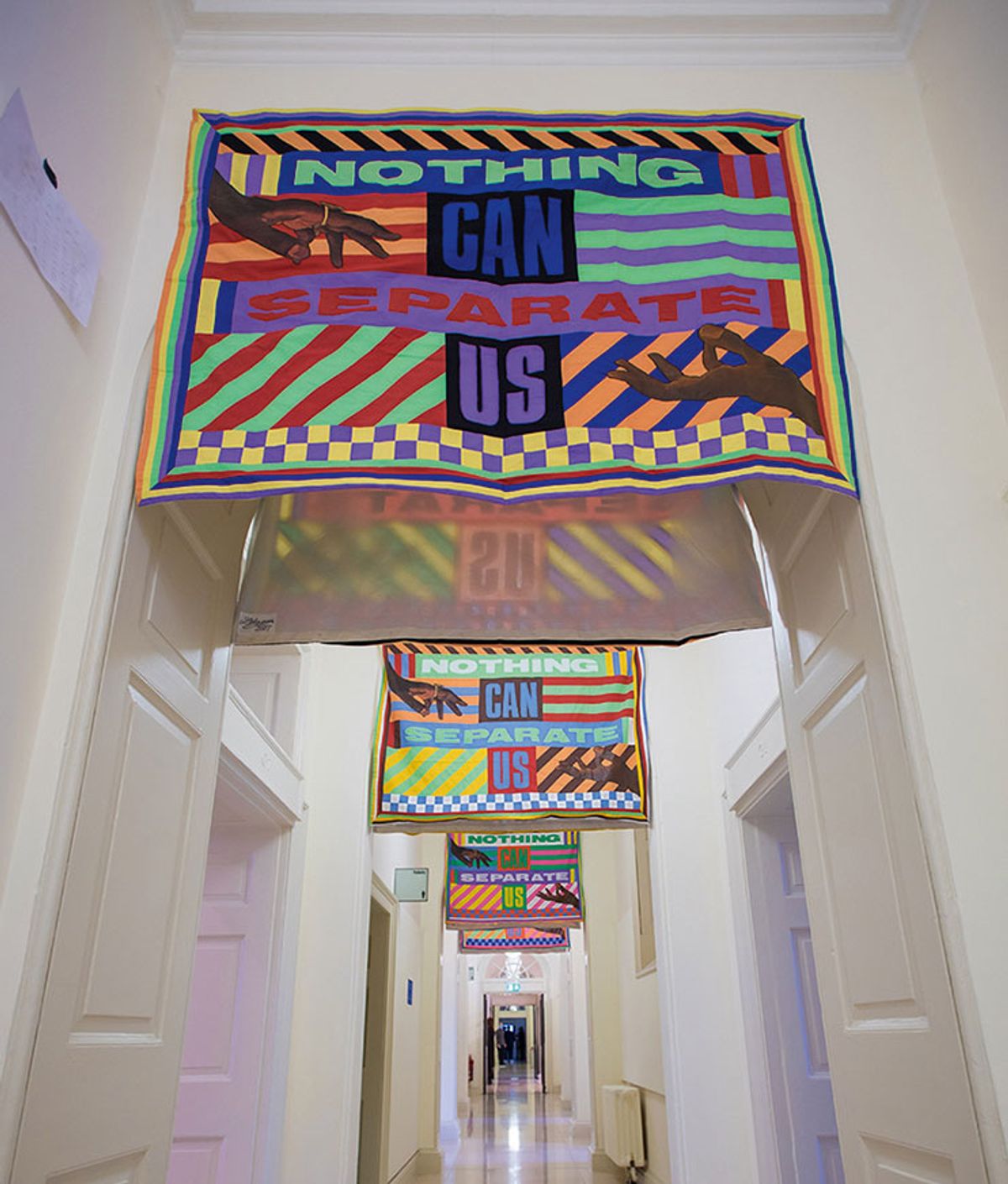The leading fair for contemporary African art, 1-54, celebrates its tenth edition in London this month (13-16 October), when it welcomes 50 galleries—from newcomers such as Selebe Yoon in Dakar to stalwarts such as Gallery 1957, with locations in Accra and London—back to Somerset House. Just 16 exhibitors were at the inaugural fair in 2014, which shows just how far the appetite for African and diasporic art has come in ten years.
“When I started, to see a gallery in London with an African artist was uncommon,” says Touria El Glaoui, 1-54’s director. “Now every gallery has an African artist or an artist from the African diaspora.”
Missing art ecosystems
Despite dazzling secondary market results for African art, she points out there is still work to be done. “There are still some countries in Africa with no galleries [and] no ecosystems locally that are promoting their contemporary artists,” she warns, adding that she hopes 1-54 can help to rectify this.
This year, for the first time, the fair will host a networking event for representatives from a variety of African art centres to fuel cross-continental collaboration. El Glaoui says: “If a Moroccan museum does an incredible exhibition, instead of just doing it once, they could move it to Benin and then South Africa.” She hopes this initiative will eventually be “taken over by different local platforms on the continent”.
1-54 has benefited from collaboration too, with Christie’s working with it since its first edition. During the pandemic, the auction house hosted the fair in its Paris location for both 2020 and 2021 editions, offering 1-54 a life raft during a difficult time for live events. It also partnered with the auction house to create its online platform 1-54 Online, as well as a series of NFTs that were sold at auction in July.
When this collaboration began, many were disgruntled by the secondary market player’s presence. Joost Bosland, the director of South Africa’s Stevenson gallery, told The Financial Times that “auction houses shouldn’t be backing fairs”.
The fair has also had to balance its commercial core with a responsibility to act as a site of education and curatorial discussions. At its fifth edition in 2017, Koyo Kouoh—the eminent Cameroonian curator and director of Cape Town’s Zeitz Museum who had organised the fair’s events programme since 2013—told the audience she had only agreed to join the fair on condition she would not have to discuss the market.
“The Christie’s collaboration was very important for the galleries. They were able to meet new collectors in a moment of difficulty,” El Glaoui says. But as much as 1-54 continues to share its bed with big market players, it seems to have finally understood its strategy: stay small. El Glaoui explains: “I used to want a big gallery to participate. Now I realise we’re not that kind of platform—we are where people come to discover new artists.” Her biggest challenge now is to help sustain the meteoric rise of African art—and ward off any price correction.


